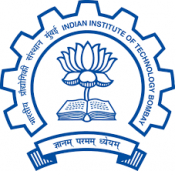
Project 8.1 (2019)
Background
For the next 10 years, Australia will be investing over $70 billion into the infrastructure sector. In the construction industry, the two sectors that have the largest direct economic contributions in Australia are transport and urban transport, making pavement construction a key area of interest. Parts of that investment are dedicated to develop strategic importance initiatives and funding research hubs. Yet, there is an overarching lack of new methods being implemented into this industry, such as Building Information Modelling (BIM) and Industry 4.0. A recent study shows that BIM is mainly seen as a 3D visualisation tool not taking full advantage of its capabilities to give a holistic view of the project.
Project Objectives
1. Conduct literature and benchmarking with analysis of the current traditional practices and implement a novel framework encapsulating information modelling to establish the efficacy of enhancements established.
2. Develop a theoretical frame work (using context capture, BIM and Smart cities)
3. Augmented and Virtual Reality (AVR) interface: a visual tool highlighting the stages of construction and a finished product that relays real-time data for asset management and maintenance purposes with the assistance of RFID.
4. Validate with real industry field data for video and photo surveillance/documentation capabilities for project delays/ prevention
5. Evaluate with mathematical models to establish efficacy and develop a live Digital Twin. The research will develop a live model showing the different construction stages of pavement design and be further used for maintenance of the asset.
6. Establishing smart pavement in smart city environment. The smart pavement RFID enabled will enhance data analytics capabilities for informed decisions on related activities (e.g., maintenance)
- Dr Ambarish Kulkarni (LCI - Swinburne University of Technology)
- Professor Le Hai Vu (Monash University)






































